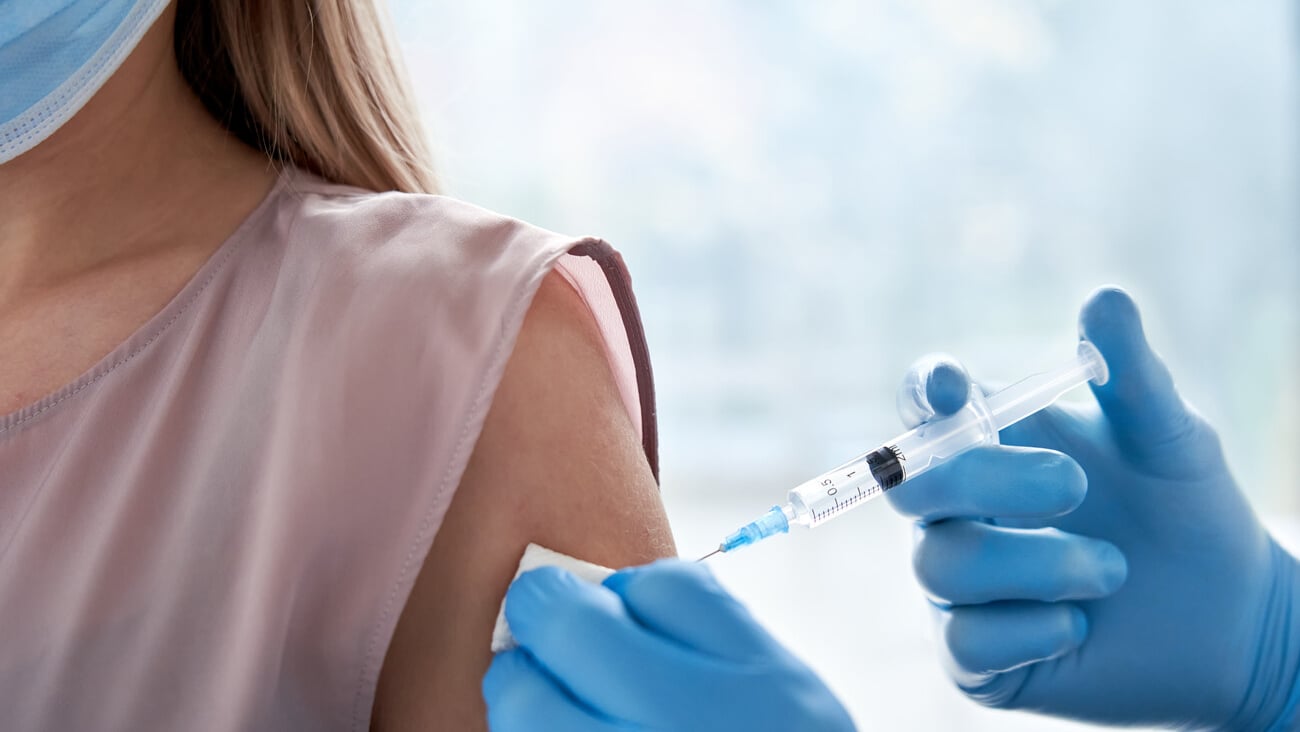Fighting back against discount cards
Americans are squeezed tight by the cost of living, rising inflation, soaring heating prices and spikes in food and gas prices. By the time they pay for basic necessities, there’s not much left to cover lifesaving prescription drugs.
Nearly 8 in 10 Americans believe prescription drug prices are too high, but that hasn’t stopped prices from climbing. Prescription drug prices rose at an average rate of 31.6%, with some increasing up to 500% over the last year. Faced with rising prices, many people face a harrowing choice between filling prescriptions for chronic conditions or paying for food and rent each month.
It’s no wonder Americans are looking for ways to circumvent high drug prices, which hit low-income households, the uninsured and underinsured harder and resulted in 1 in 3 Americans being unable to afford medications.
One way consumers have sought relief is through the use of drug discount cards. But consumers—and even some pharmacists—are unaware that these cards are heavily padded and come with markups that hurt pharmacies’ bottom lines and consumers’ wallets due to high administrative fees, also known in the industry as “clawbacks.” In fact, our review of data from more than 10,000 pharmacies revealed that the average admin fee/clawback on a discount card or SuperBin claim is $5.86 per prescription. Additionally, the review found that more than half of all prescriptions studied carried fees of $5 or more, with many carrying fees of over $20.
Price transparency is crucial for pharmacies that want to increase their margins and fight back against drug discount cards. One way to solve the issue of murky drug prices and discount cards is to use technology to assist consumers in decision-making.
We can fight back against discount card programs that claim to help consumers save money but really only further line the pockets of PBMs and the drug discount card brands that market them. Today, new technology is available that can analyze, reprice and adjudicate pharmacy claims from drug discount card programs, SuperBin’s and PBM or carrier claims in real-time.
The software can be built into many pharmacy management systems, making it possible to regain some of the prescription costs without dealing with any extra paperwork or calls to insurance companies or physicians’ offices. It runs in the background to calculate the best price for medications at the point of purchase so that a consumer can ditch their discount card but still save money while simultaneously boosting the pharmacy’s bottom line.
The whole process happens within milliseconds and, once a lower price is calculated, the system automatically informs pharmacy staff that there’s a lower price option. If the consumer agrees and chooses the lower price, then the solution automatically overrides the drug discount program price or the carrier copay and charges the customer less. It’s a sliver of transparency that could add up to cost savings for those who need it most—struggling families, people living in poverty, the elderly and uninsured/underinsured adults.
Until there is a way to stop drug companies and PBMs from profiting off the backs of vulnerable Americans, pharmacies must integrate technology into their systems and give drug manufacturers and the drug discount card marketers a taste of their own medicine.
Thomas Borzilleri is the founder of InteliSys Health




